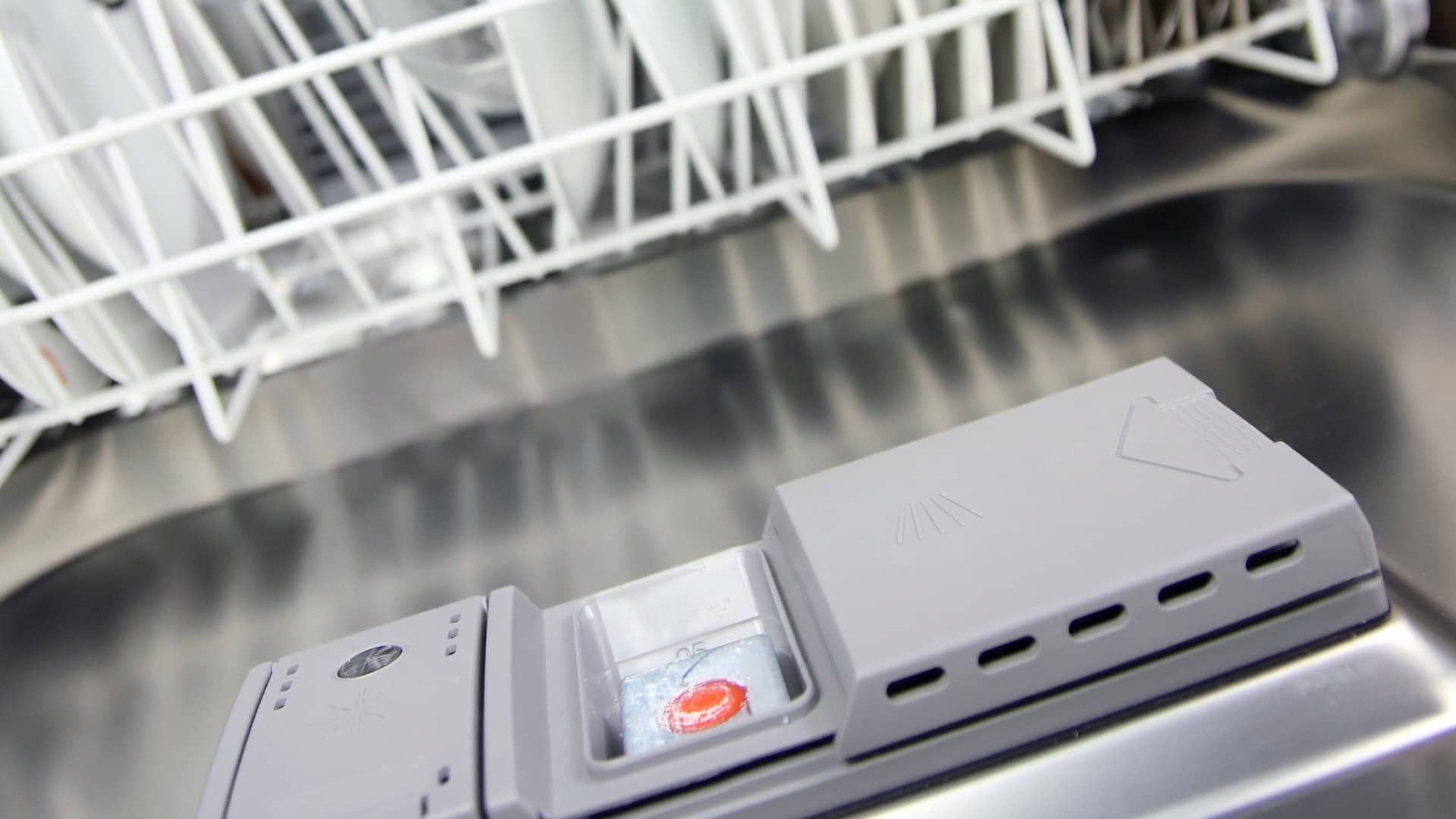
An ice maker is a convenient appliance to have in any home. It helps to keep drinks cold and can be used for a variety of purposes, from making smoothies to cooling down hot soup. However, it can be super frustrating when your ice maker stops working properly, such as when it stops turning. Without an ice maker, you have to choose between warm drinks and lukewarm ones!
This guide will help you diagnose and fix the problem so all you have to worry about is how to enjoy your cool, refreshing beverages.
1. Check the freezer temperature
For your ice tray to work correctly, your freezer must not be above 10 degrees Fahrenheit.
First, check that your freezer temperature is set between 0–5 degrees Fahrenheit. If not, adjust the temperature setting on the temperate gauge in your freezer.
Next, check the current temperature of your freezer by using an external thermostat. If the temperature is above 10 degrees Fahrenheit, check the condenser coils for signs of dirt or frost build-up and that the condenser fan is working properly. If the coils are dirty or frozen, give them a good clean or let them defrost by turning the fridge off.
Once you’ve readjusted the freezer temperature and cleaned the coils, check if the problem has been solved. If not, move on to step two.
2. Check the ice maker switch
The next step is to check the ice maker switch. This switch is usually located near the ice maker itself or on the freezer door. If this switch has been turned off, it will need to be turned back on for the ice maker to start working again.
To check if the switch is ON or OFF, look for a small red light. If the light is ON, then the switch is in the ON position. If the light is OFF, then the switch needs to be turned to the ON position.
3. Check the water inlet valve
If the freezer temperature is correct and the ice maker switch is in the ON position, then the problem may be with the water inlet valve. This valve is responsible for supplying water to the ice maker. If it’s not working properly, then the ice maker will not receive enough water to make ice.
To check if the water inlet valve is working properly, first locate it (check your manual if necessary). It’s usually located behind the fridge near the water line. Once you’ve found it, test the water pressure. It should below 20 psi. If too low or high, it may need to be replaced.
Next, use a multimeter to test continuity through the valve. If there is no continuity, then the valve will need to be replaced.
4. Change the water filter
The water filter can become clogged over time and should be replaced regularly. The water filter should be changed every six months for your ice maker to work correctly.
5. Check the ice maker for blockages
The ice maker may be blocked by ice, dirt, or other debris. This can prevent it from turning properly. To clean the ice maker, remove it from the freezer and then use a soft brush to remove any dirt or debris. You can also use a toothpick or other sharp object to clear any blockages in the ice maker’s drain hole.
Once you’ve cleaned the ice maker, put it back in the freezer and wait 24 hours for it to make ice. If your ice maker still isn’t working after following these steps, then you may need to call a professional for help.
6. Check the door switch
The next step is to check the door switch. This switch ensures that the ice maker only works when the freezer door is closed. If this switch is not working properly, then the ice maker will not turn on.
To check if the door switch is working properly, use a multimeter to test continuity through the switch. If there is no continuity, then the switch will need to be replaced.
7. Check the ice tray thermostat
The ice tray thermostat is responsible for turning the ice maker on and off. If this thermostat is not working properly, then the ice maker will not turn on.
To check if the ice tray thermostat is working properly, use a multimeter to test continuity through the thermostat. If there is no continuity, then the thermostat will need to be replaced.
If your ice maker still isn’t working after following these steps, then you may need to call a professional for help.
8. Replace the ice maker assembly
If your ice maker still isn’t working after following all of the above steps, then you may need to replace the ice maker assembly. This is a more complex repair and should only be attempted by a professional.
If all else fails…
For many of us, an ice maker is an essential part of our daily lives. We rely on it to provide us with cold drinks, to make ice for our food, and to keep us cool in the summer heat. So when our ice maker stops working, it can be a huge inconvenience.
If you’ve tried all the steps above and the problem persists, call a professional for help. They will be able to diagnose the problem and get your ice maker up and running again in no time.
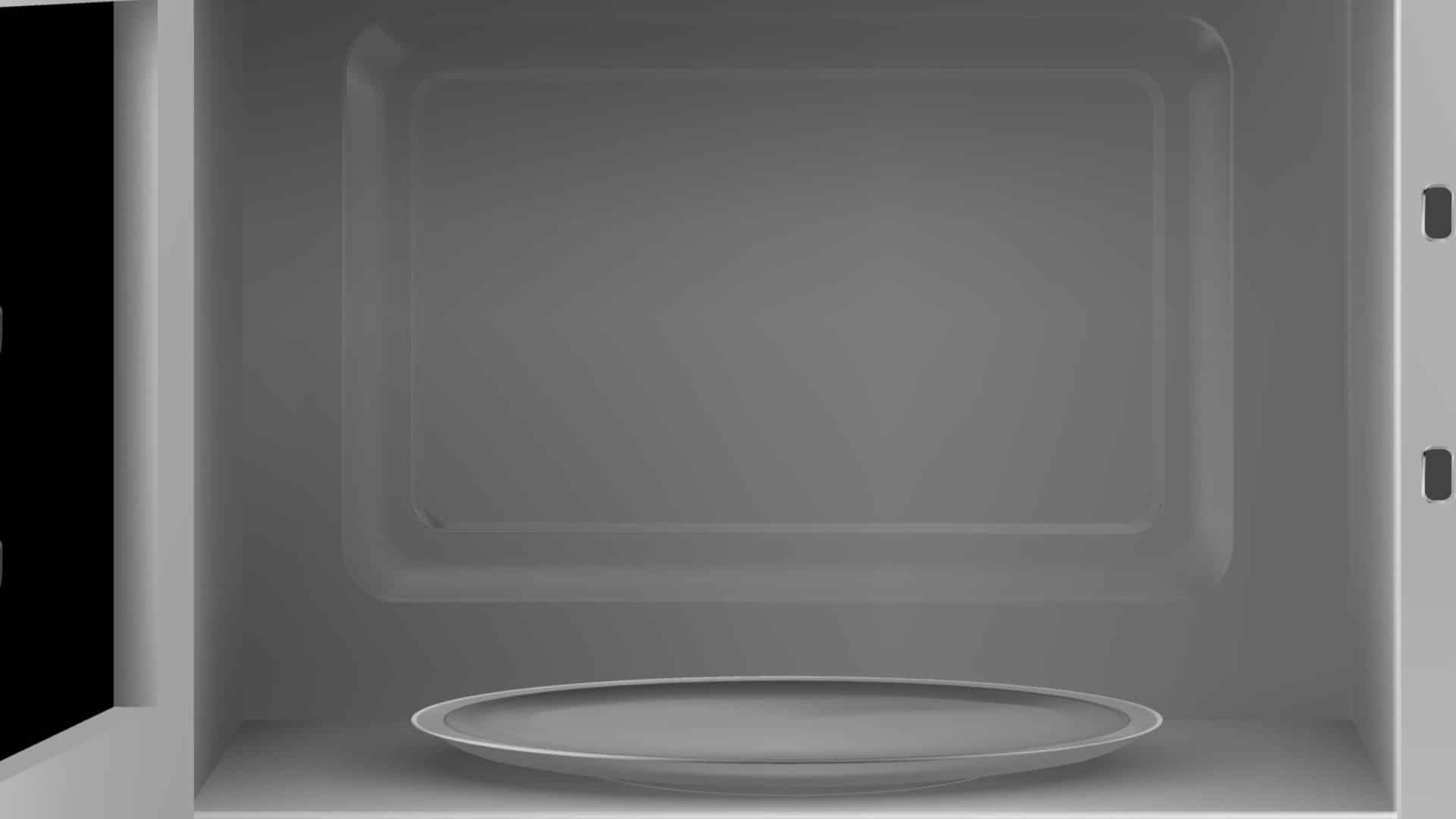
How to Fix a Microwave Door That Is Loose or Broken
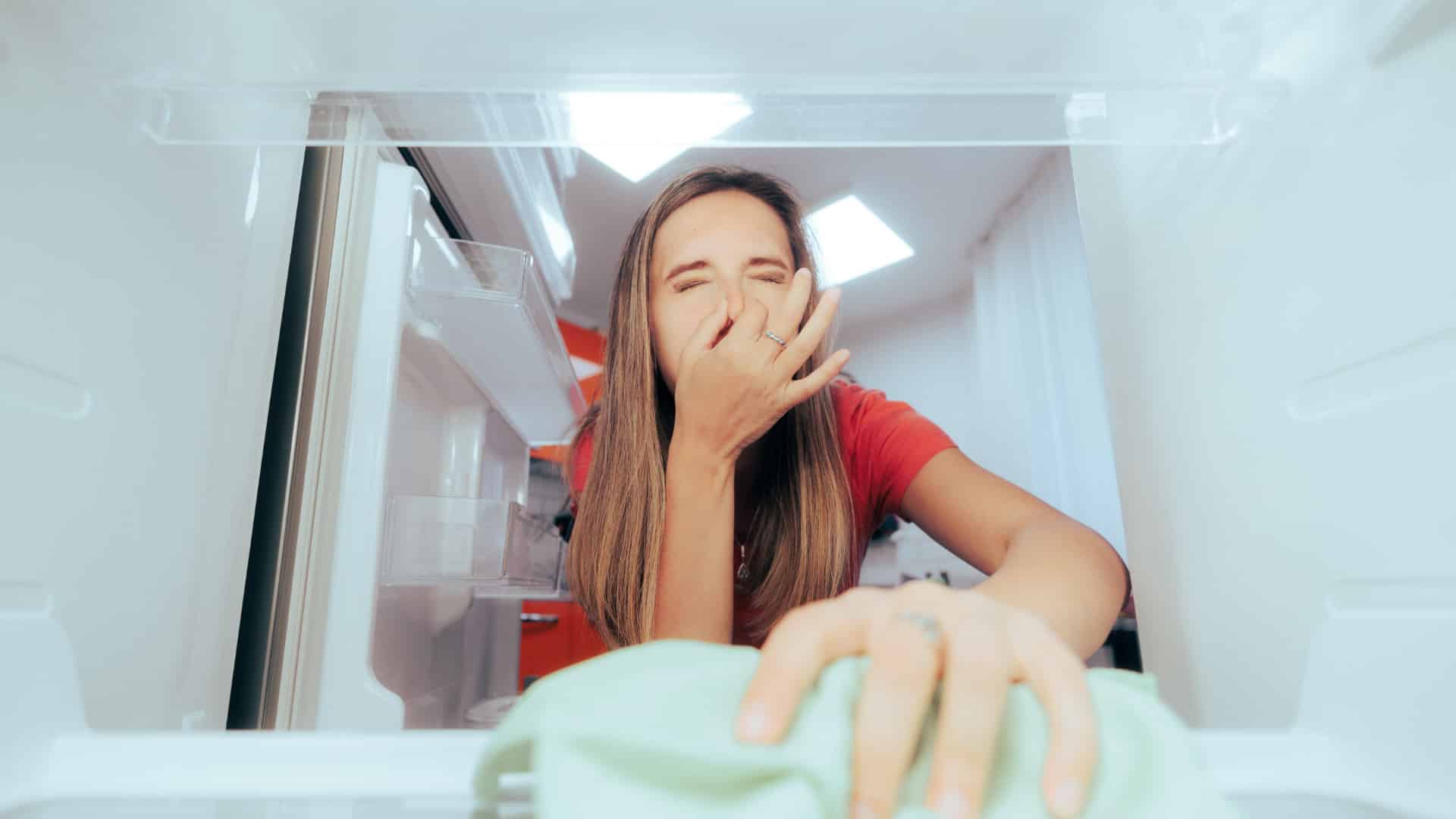
How to Clean a Smelly Refrigerator Quickly
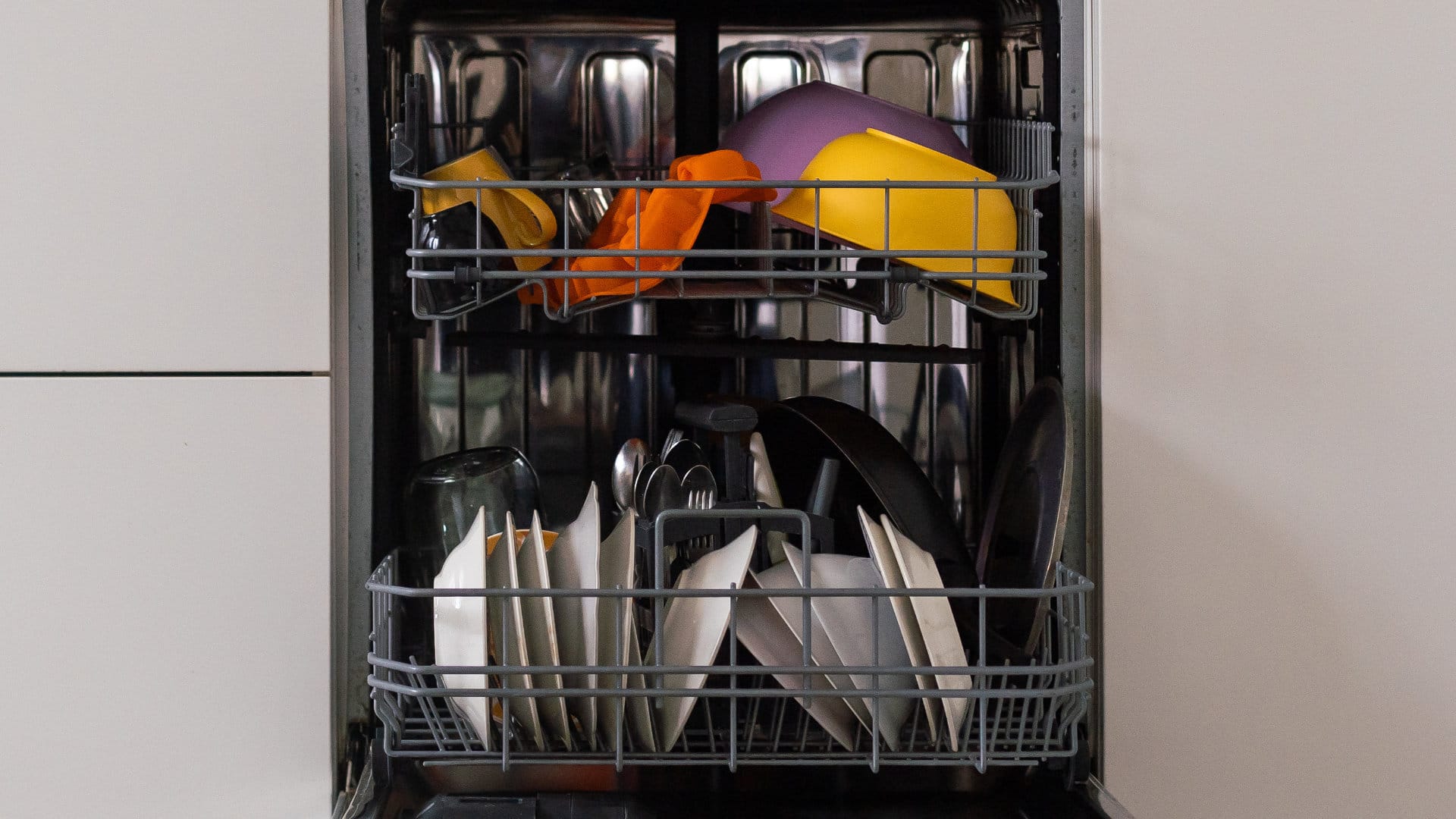
Troubleshooting LG Dishwasher OE Error Code: Causes and Solutions
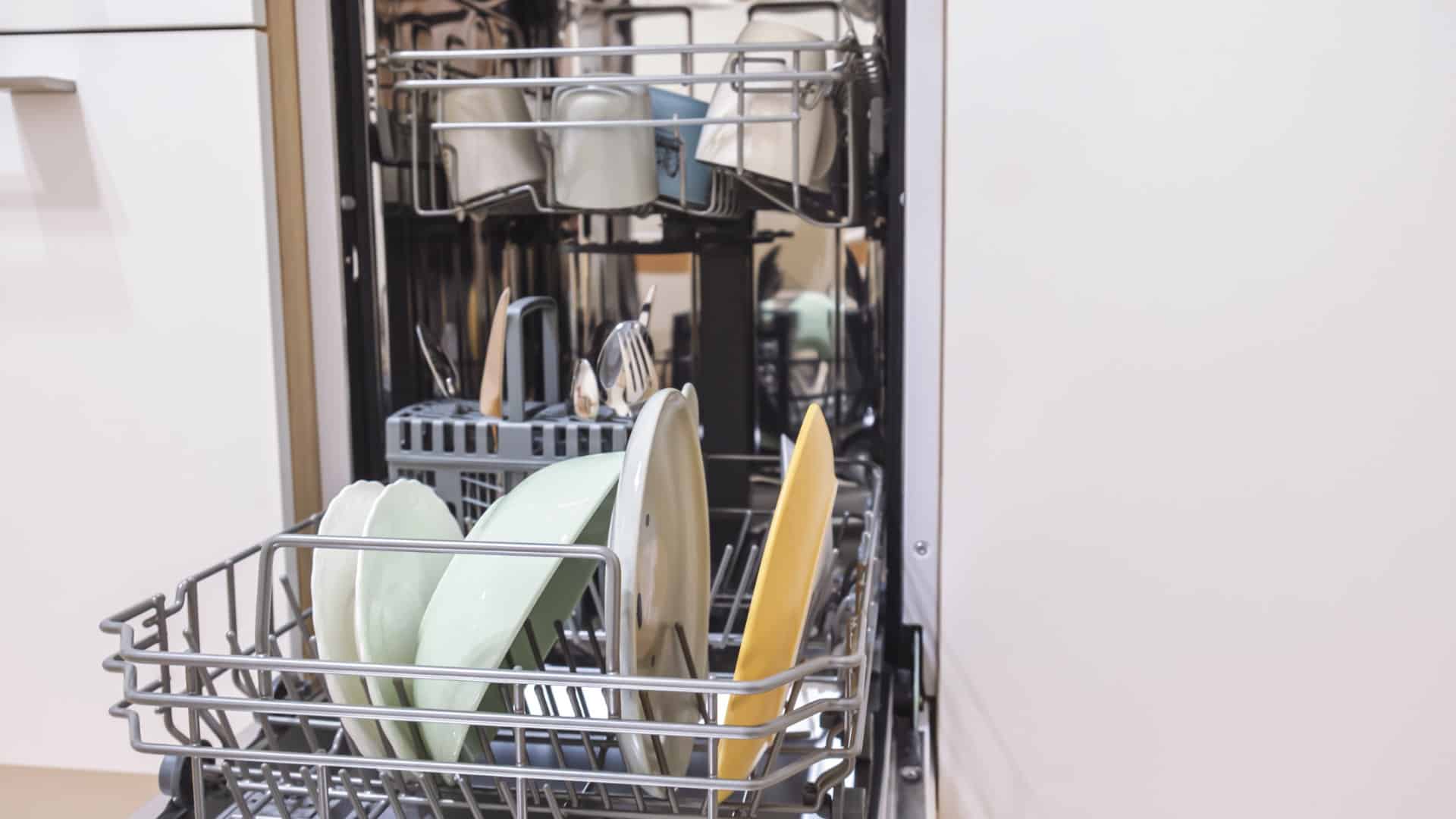
How to Fix an Amana Dishwasher Not Drying
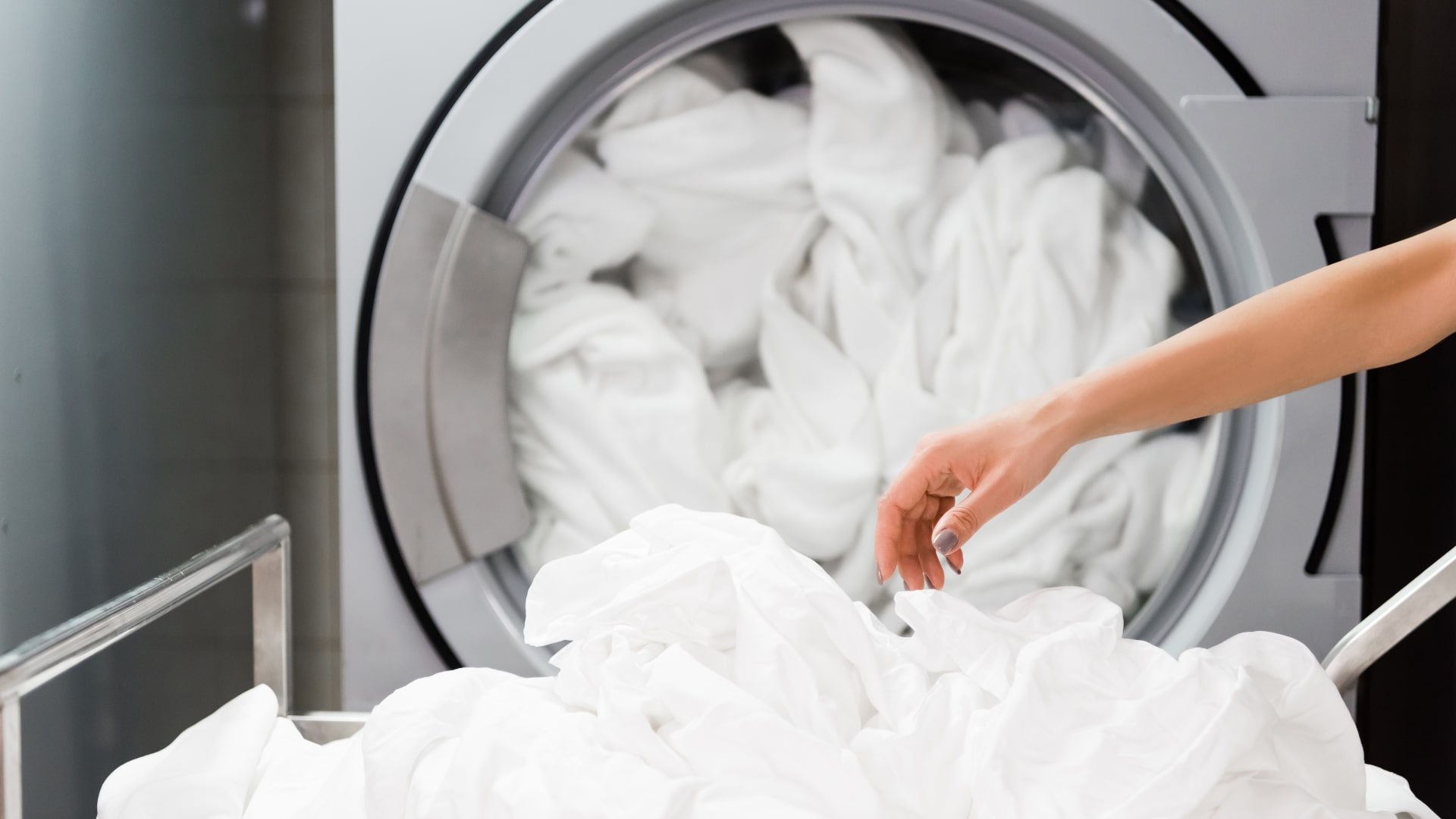
How to Dry Bedsheets in the Dryer
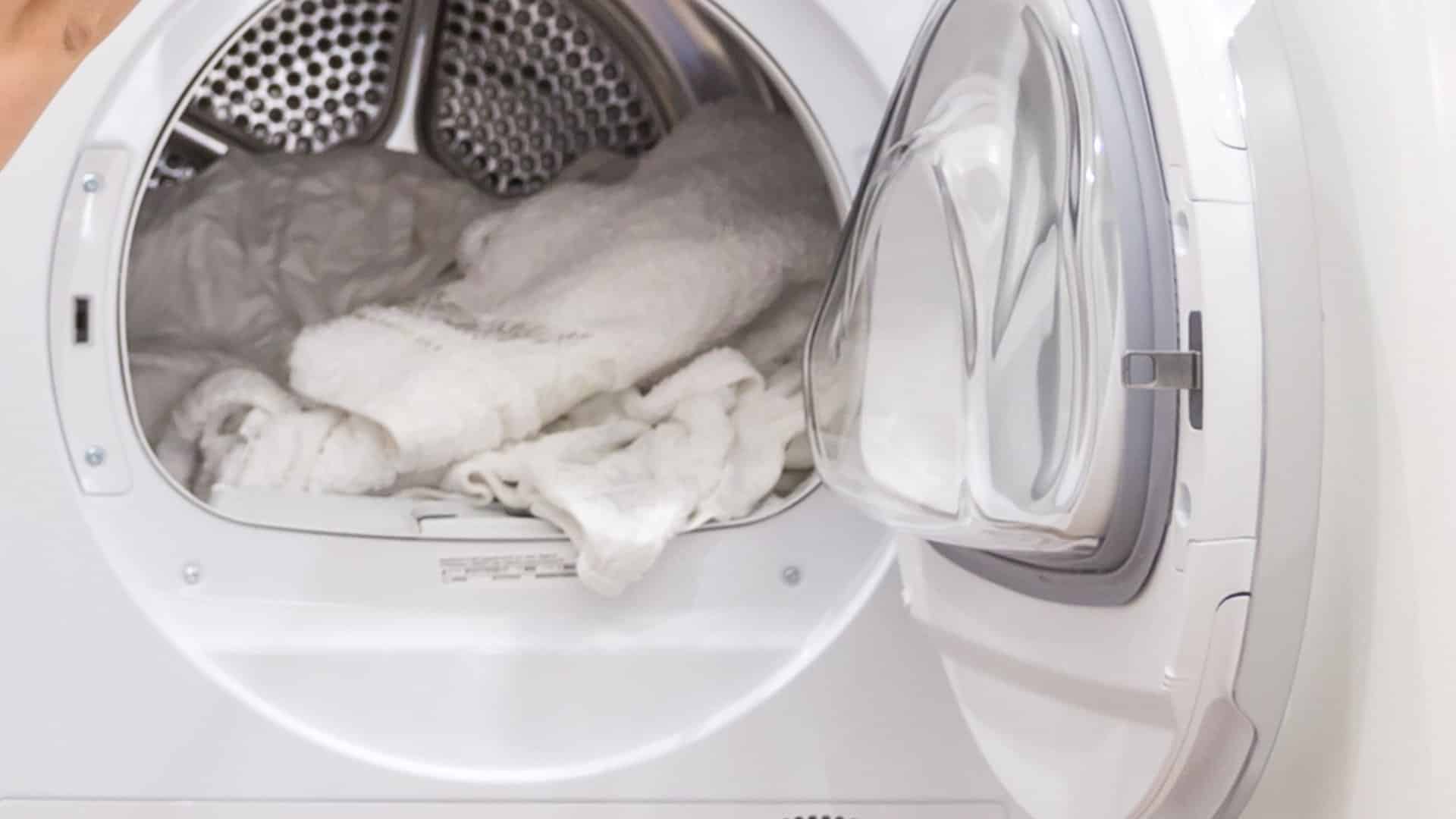
Dryer Won’t Start? Common Reasons And Solutions
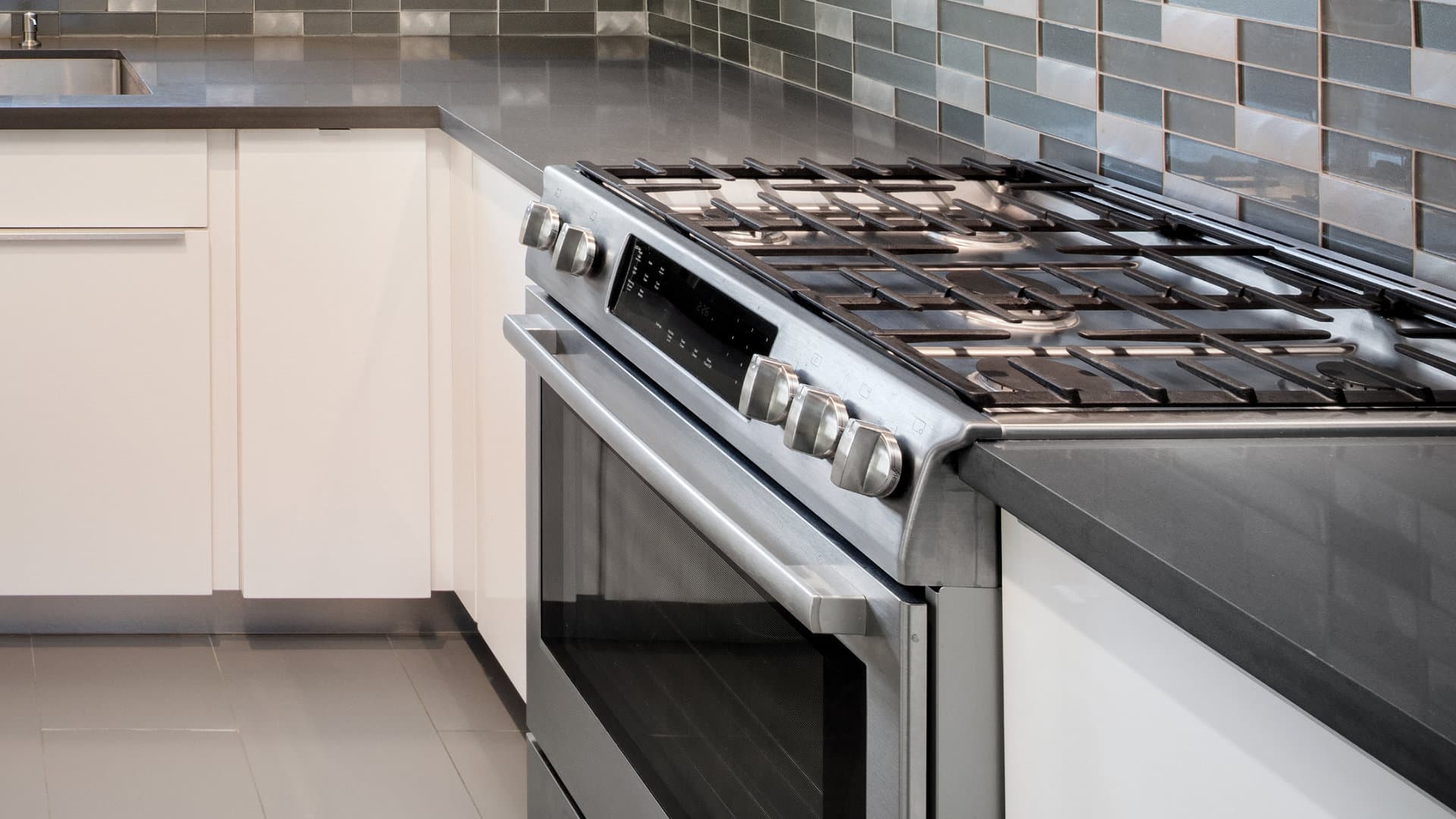
5 Dangers of Self-Cleaning Ovens
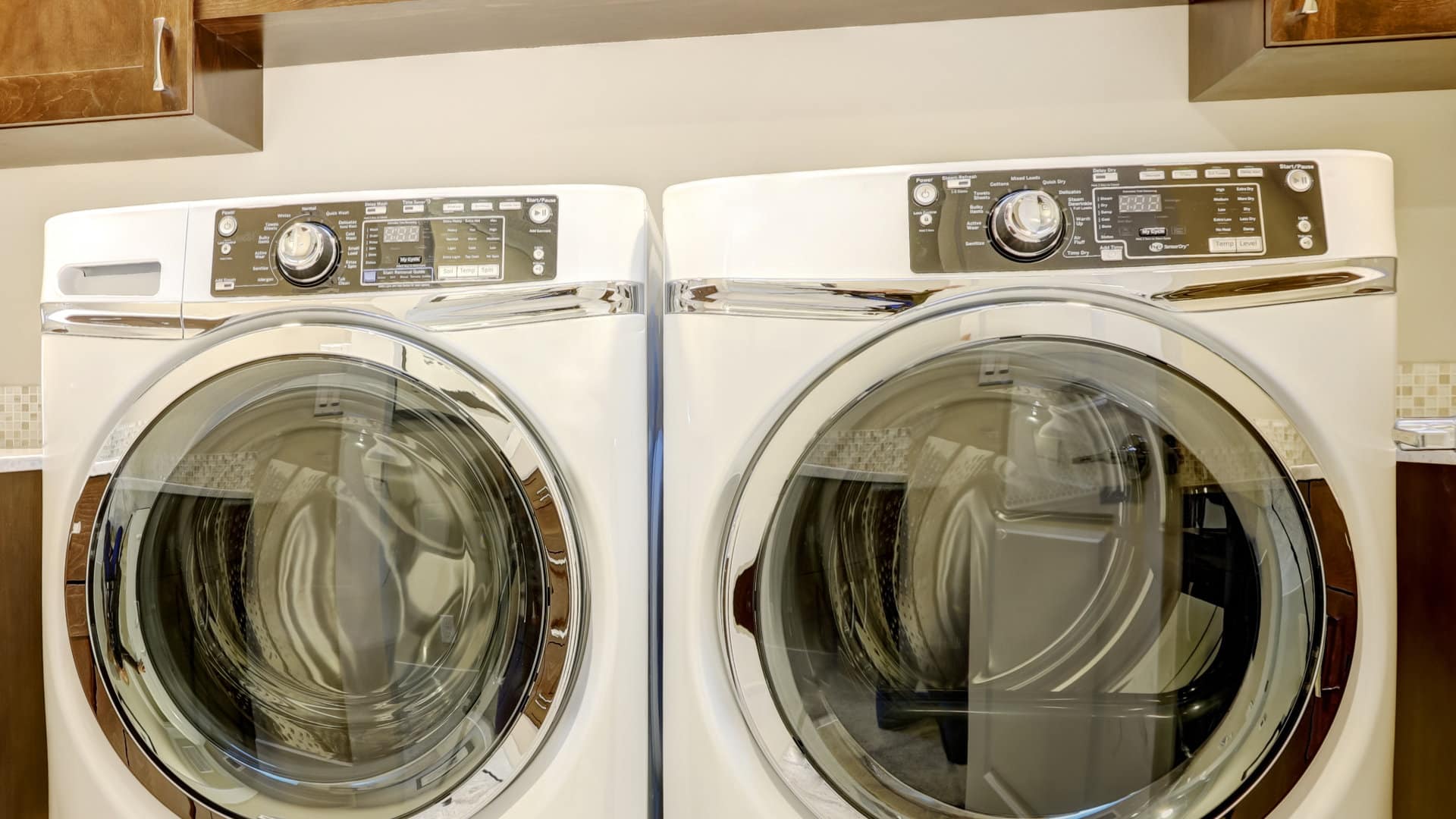
How to Replace a Washing Machine Faucet
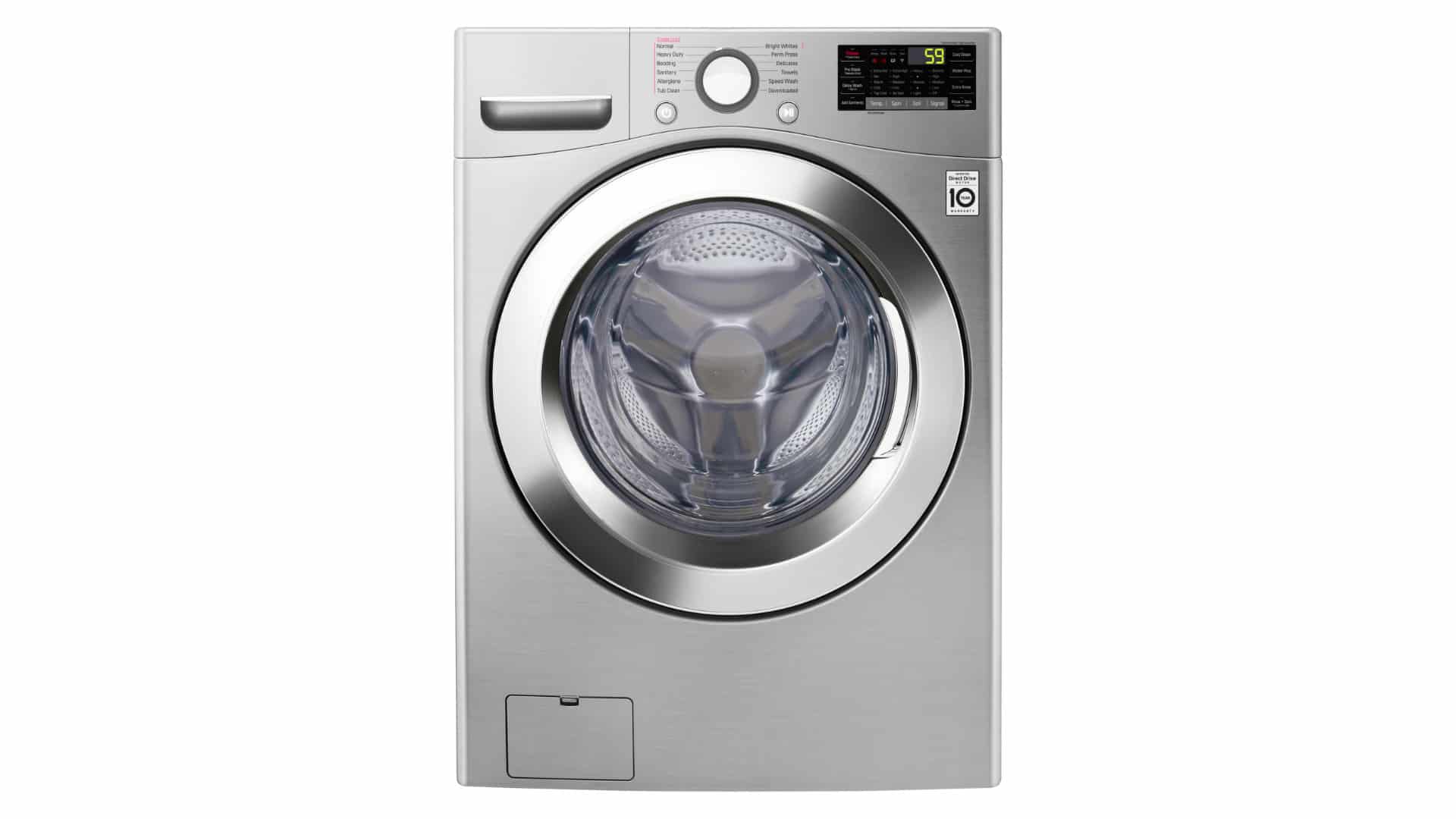
LG Washer Error Code UE Explained
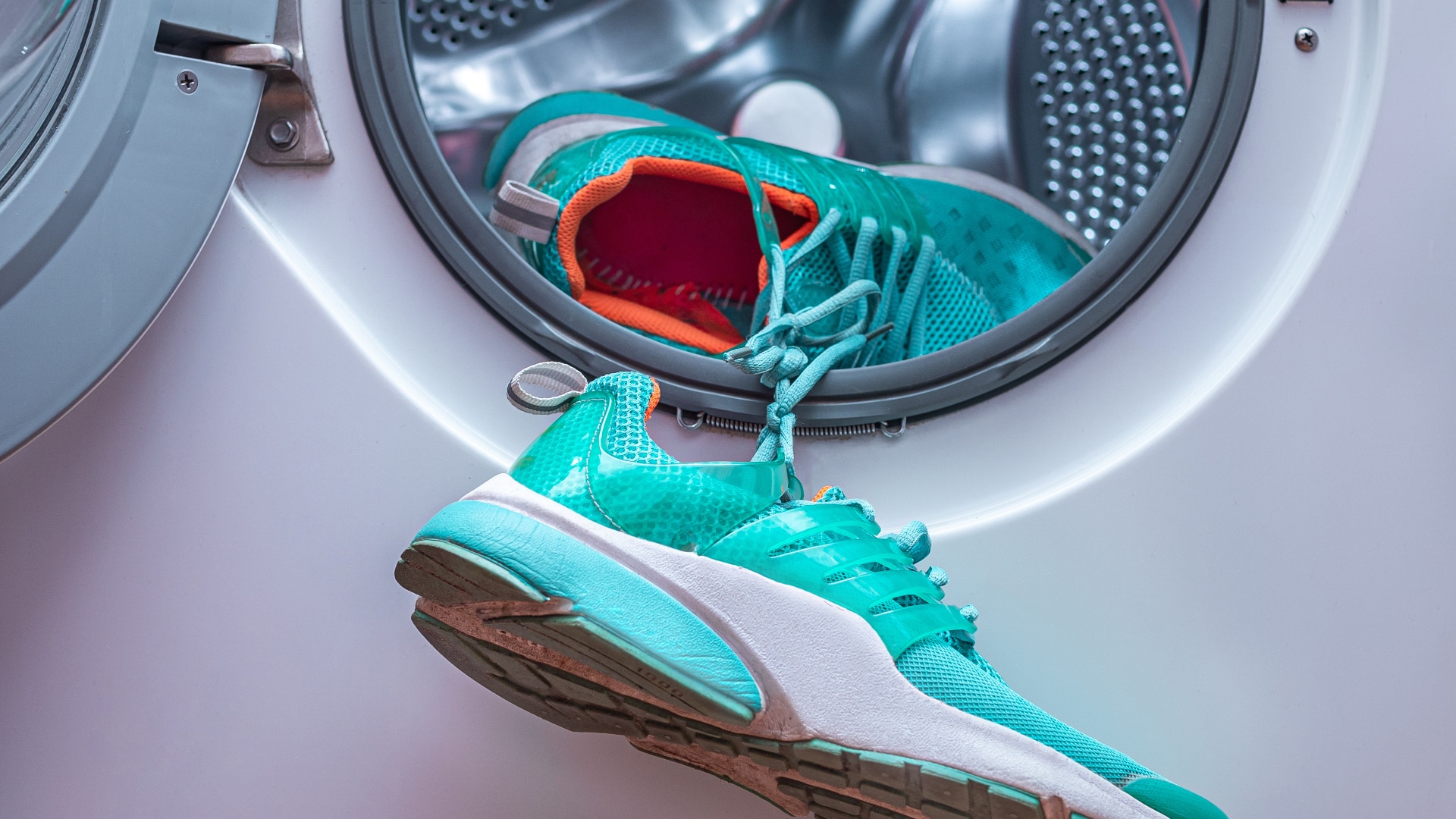
How To Wash Shoes in The Washing Machine
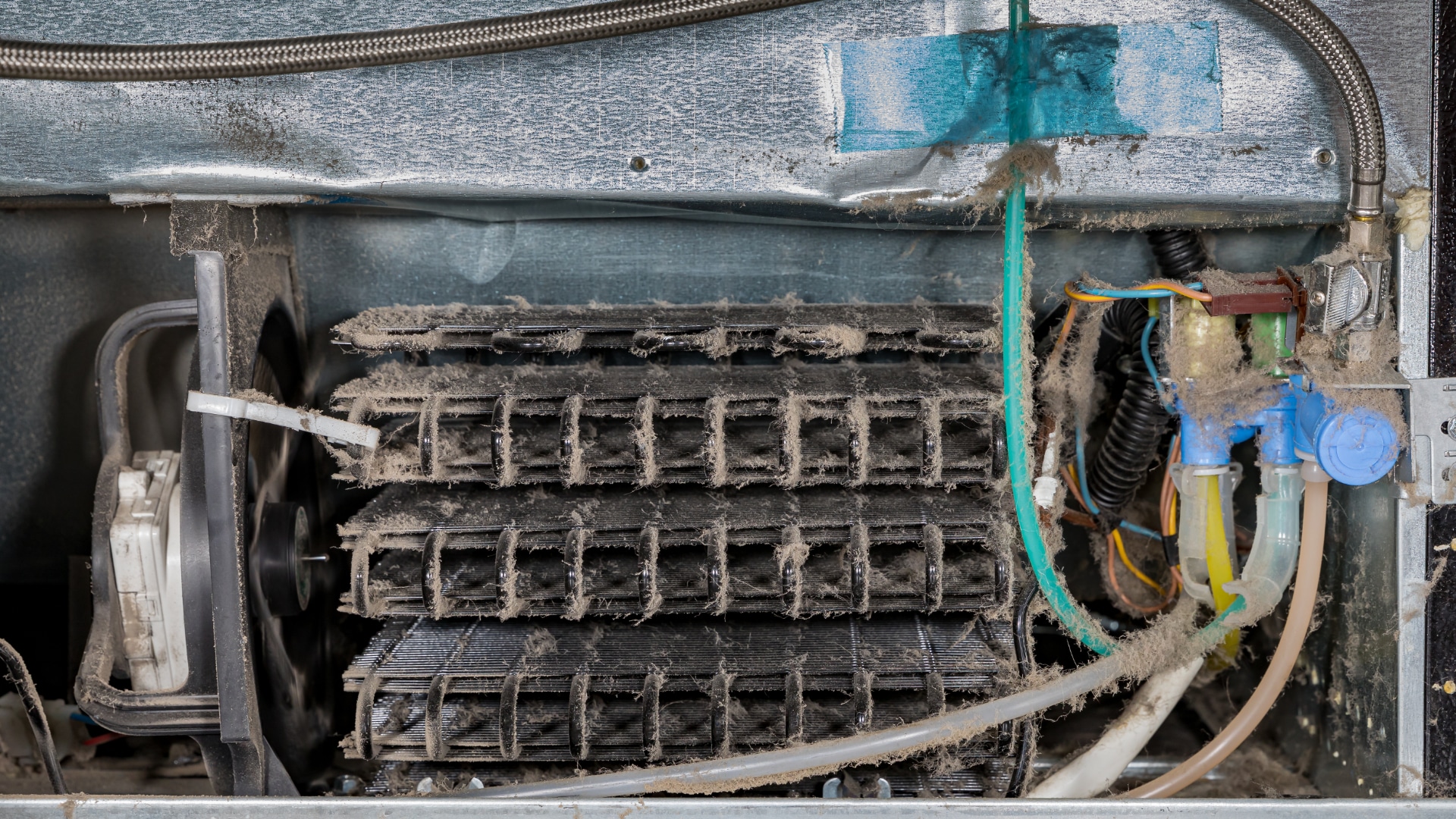
How To Clean Refrigerator Coils

LG Ice Maker Tray Not Turning? How To Fix It
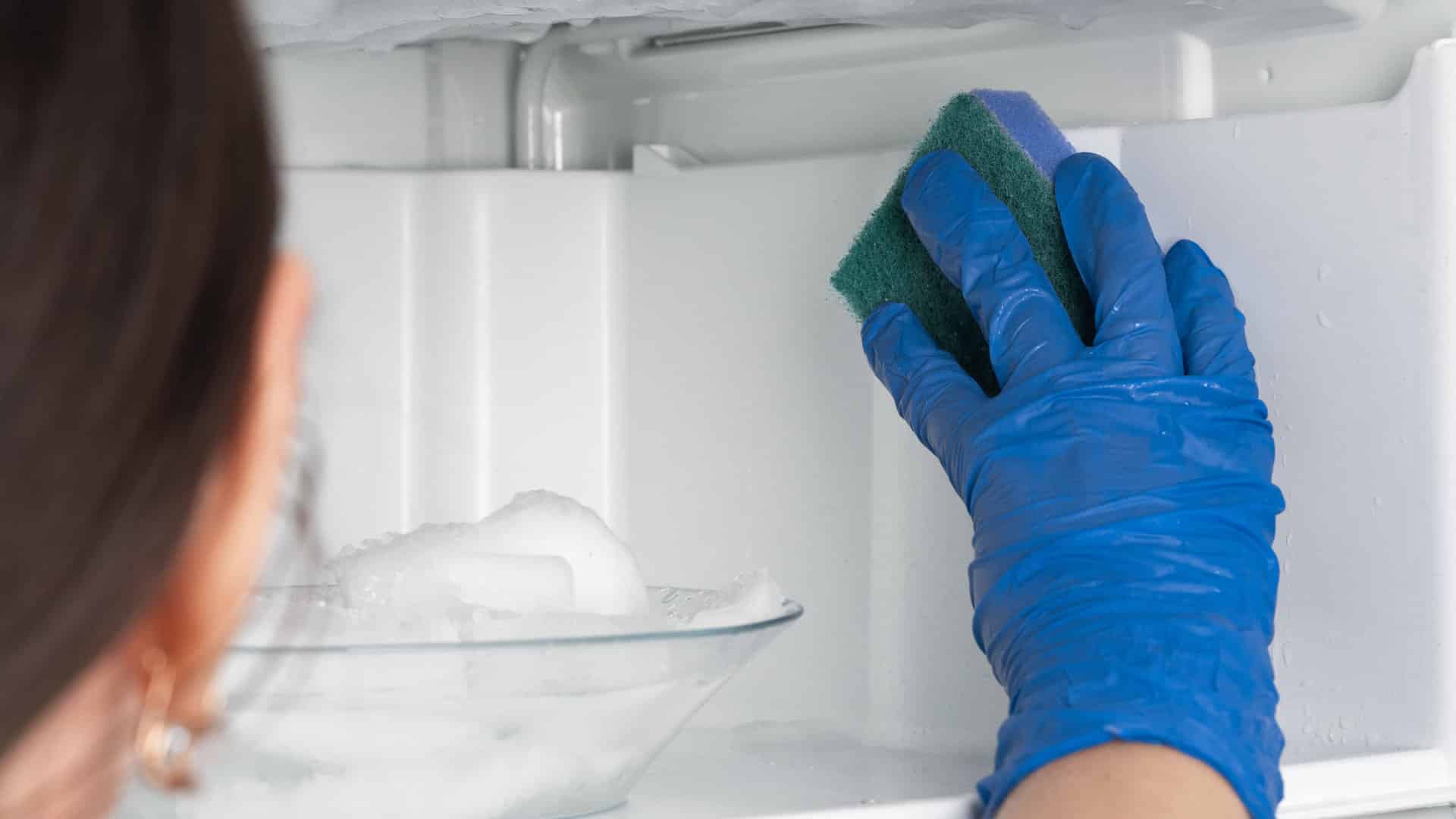
How To Clean a Freezer (in 5 Steps)
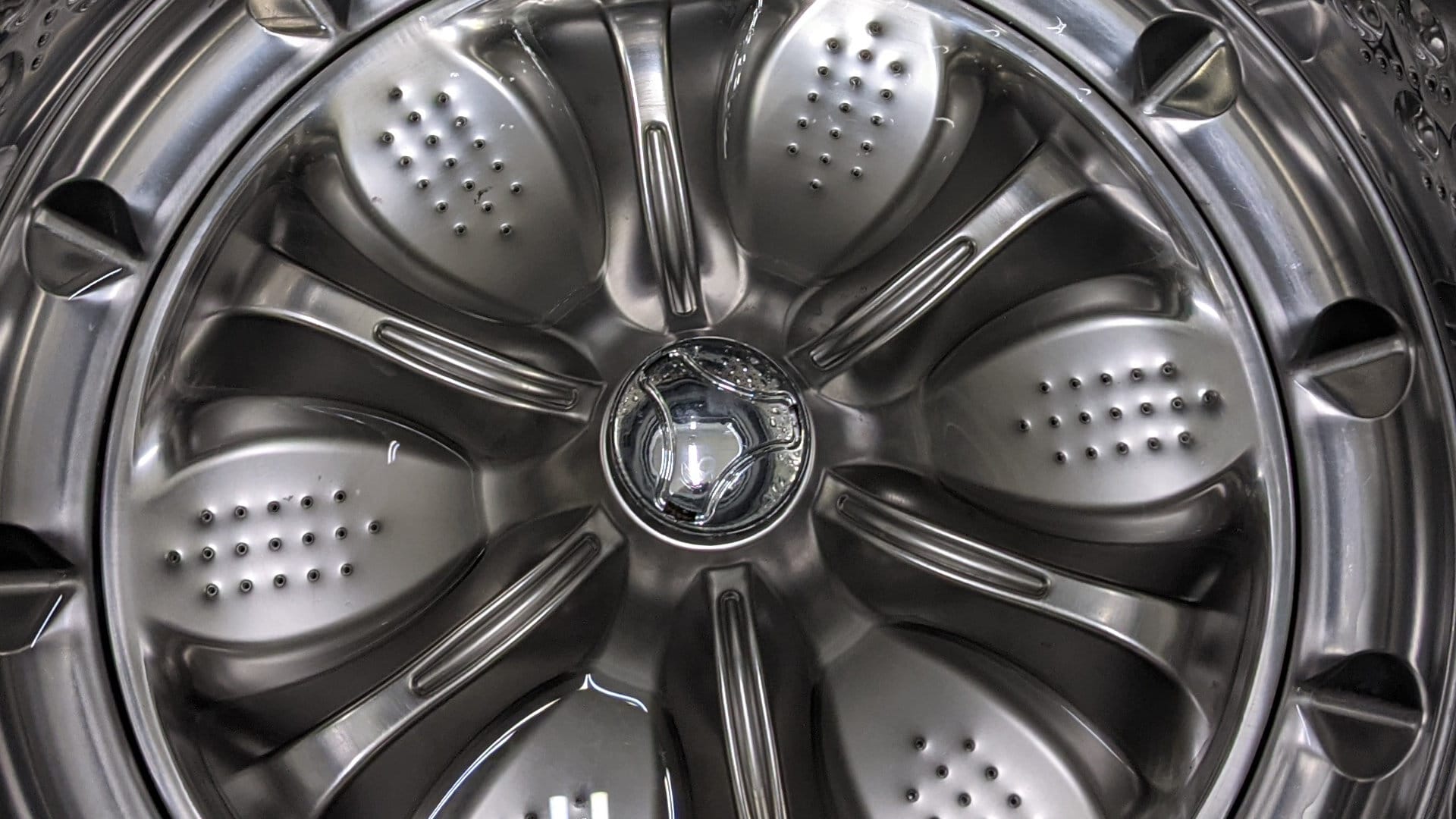
Samsung Washer Error Code SC: How To Fix It
